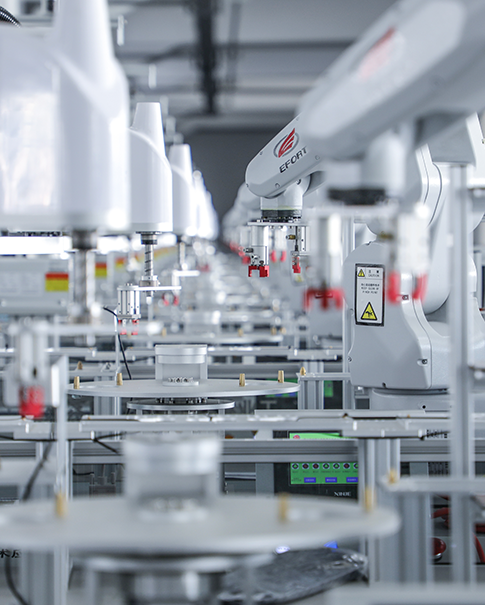More Than Just a Relay Box
At first glance, the 3701/60 177989-02 might look like just another industrial component. But peel back the layers, and you'll find a meticulously engineered solution to some of industry's most persistent challenges. Unlike standard relays that might fail when you need them most, this module was built to perform when it matters - during sudden vibration spikes in a turbine or unexpected pressure drops in a compressor. The secret lies in its construction. Every component, from the circuit boards to the terminal blocks, was selected not just to meet specifications, but to exceed them. The relays themselves use special contact materials that resist welding and pitting, even after thousands of operations. The housing isn't just a metal box - it's a carefully designed shield against electromagnetic interference that could cause false trips.
Why Plant Managers Sleep Better at Night
In industrial settings, reliability isn't just convenient - it's existential. A single false alarm can cost thousands in lost production, while a missed alarm could lead to catastrophic failure. The 3701/60 177989-02 strikes the perfect balance between sensitivity and immunity to nuisance trips. Take vibration monitoring, for example. When a gas turbine starts vibrating abnormally, the module needs to distinguish between a genuine problem and temporary operational fluctuations. The 3701/60 177989-02 does this through sophisticated signal processing that filters out noise while remaining hyper-sensitive to genuine threats. Maintenance teams appreciate the module's "no surprises" approach. Status LEDs provide at-a-glance health monitoring, while the standardized design means spare parts are always available. Unlike some proprietary systems, troubleshooting is straightforward - a major advantage during midnight emergency calls.
From Power Plants to Paper Mills: Unexpected Applications
While originally designed for heavy rotating equipment, the 3701/60 177989-02 has found its way into some surprising places:
In hydroelectric plants, these modules monitor generator air gaps with precision measured in thousandths of an inch. At steel mills, they keep watch over massive rolling mill drives. Even wastewater treatment plants use them to protect critical aeration blowers from destructive surge conditions.
One particularly innovative application comes from the LNG industry. Engineers have adapted these modules to monitor cryogenic pump bearings, proving their versatility extends to extreme temperature applications. The modules perform just as reliably at -200°F as they do in scorching desert compressor stations.
Installation Insights From the Field
Veteran technicians have developed some hard-won wisdom about getting the most from these modules:
Location matters - install them where they're accessible but protected from direct spray and extreme heat
Use the supplied mounting hardware - it's designed to dampen vibration that could affect performance
Label every wire - future technicians will thank you during troubleshooting
Don't skip the burn-in period - the first 48 hours of operation reveal any infant mortality issues
One refinery reported a 40% reduction in false alarms simply by reorganizing their relay modules to minimize cross-talk. Another plant extended module lifespan by 30% through strategic placement away from heat sources.
The Cost of Cutting Corners
It's tempting to save money with generic relay modules. But industry veterans can share horror stories about what happens when monitoring systems fail:
A chemical plant saved 5000onrelays,onlytosuffer2 million in damage when a pump failed undetected
A power plant using knockoff modules experienced weekly nuisance trips before switching to Bently Nevada
An offshore platform learned the hard way that not all relays can handle constant salt spray exposure
The 3701/60's higher upfront cost pales in comparison to the potential consequences of failure. More importantly, its predictable performance allows for accurate risk assessment and maintenance planning.
Conclusion
In an era of increasing automation, the Bently Nevada 3701/60 177989-02 remains surprisingly relevant. It represents that rare combination of old-school reliability and modern precision. While flashy new monitoring technologies grab headlines, this workhorse component continues to quietly prevent disasters in facilities worldwide. For engineers specifying new systems or maintaining existing ones, the choice often comes down to this: Do you want the module that might work, or the one that definitely will? In critical applications, that's not really a choice at all. The 3701/60 177989-02 has earned its place as the gold standard because when everything is on the line, it delivers - every single time.
 Network Supported
Network Supported